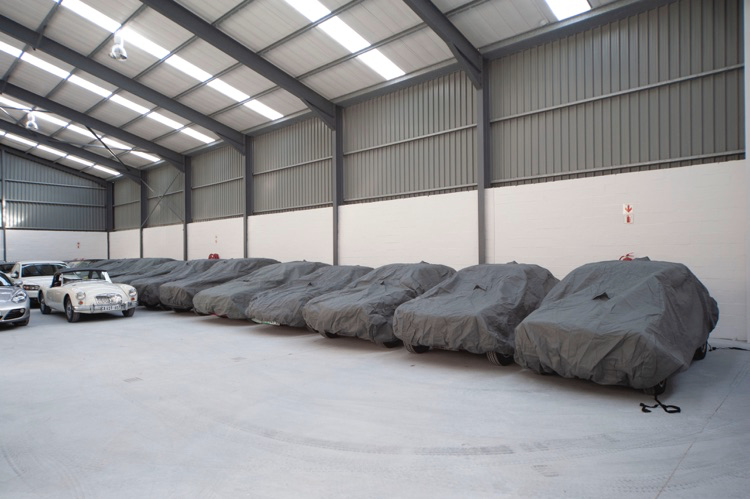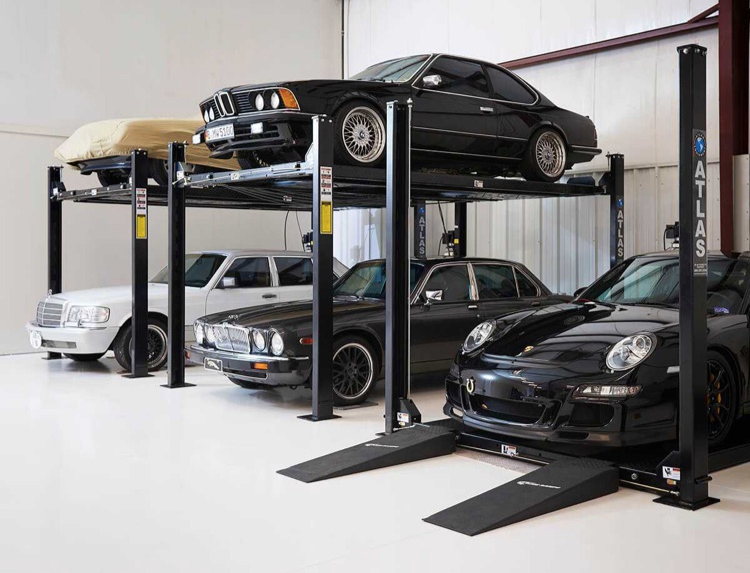
Car Storage
You may have a classic car or simply a car you are not using frequently which you will need to store. Leaving it outside in the road exposes it the elements which causes wear and tear over the long term. It will end up getting dirty, damaged and possibly broken into or worse still, stolen.
An indoor car storage unit offers comprehensive protection for an affordable monthly price. Your car will be safely locked away in room away from potential thieves as the elements

What to look for in car storage
There are several important factors to consider before making a choice on car storage.
Unit size
Be sure that the unit you choose will fact fit your size car. Larger cars such as SUV’s may require a larger storage unit than normal hatchback or sedan.
Drive up access
This is a critical feature for car storage. Without being able to drive your car up to the entrance of the unit, how are you going to get it in? If you are however using a storage facility which stores in a large warehouse, then drive up access will be a formality
Video surveillance
With cars being rather expensive and sought-after items, it’s important that you choose a storage facility with 24-hour video surveillance to protect your much loved possession if it were to get damaged or stolen.

How to prepare your car for storage
There are certain things you’ll need to do to your car before putting it in storage. We outline the key steps below. Following these steps will help ensure your car comes out of storage in the same condition it went in.
Fill up with petrol
It sounds counter intuitive right? However, petrol will absorb the moisture in your tank that would otherwise accumulate and eventually cause your tank to rust. It will also prevent the tank’s seals from drying out. If you’re storing your car for more than 6 months we advise using a fuel stabiliser. Fuel stabilisers prevent petrol from deteriorating.
Change the oil, brake fluid and coolant
Engine oil contains contaminants that can damage the engine if not changed on a frequent basis. The brake fluid and coolants can cause the parts that use them to corrode or oxidize.
Disconnect the battery
Cars battery’s get drained even when they are not in use, and you don’t want to have to replace the battery when you finally go and collect your car from storage. If possible, try to drive your car for least 20 minutes every fortnight, which will help maintain the battery and keep your car’s components lubricated. If you can’t do then you should disconnect the battery.
This involves disconnecting the negative battery cable, rather than removing the entire battery from the car. If you do wish to keep the car battery charged whilst in storage be sure to rent a unit with electrical access, and use a trickle charger. This will send just enough electricity through to your battery to keep it charged.
Tyre maintenance
If your car sits in the same position over a long period of time, the tyres will develop flat spots and eventually require replacement. This is a more prevalent issue if the storage location experiences cold temperatures.
The simplest precaution you can take to prevent flat spots from developing is getting your tyres rotated and slightly over-inflated. If you’re storing your car long-term, it’s advisable to raise your car up on jack stands and remove the wheels completely.
Release your hand brake
If you leave your hand brake pads on for too long, they can fuse with the rotors. Leave your hand brake up.If your car is auto leave it in park mode. If it’s a manual leave it in gear. Stick chocks under the wheels (if you left the wheels on) as a back up to prevent the car from rolling.